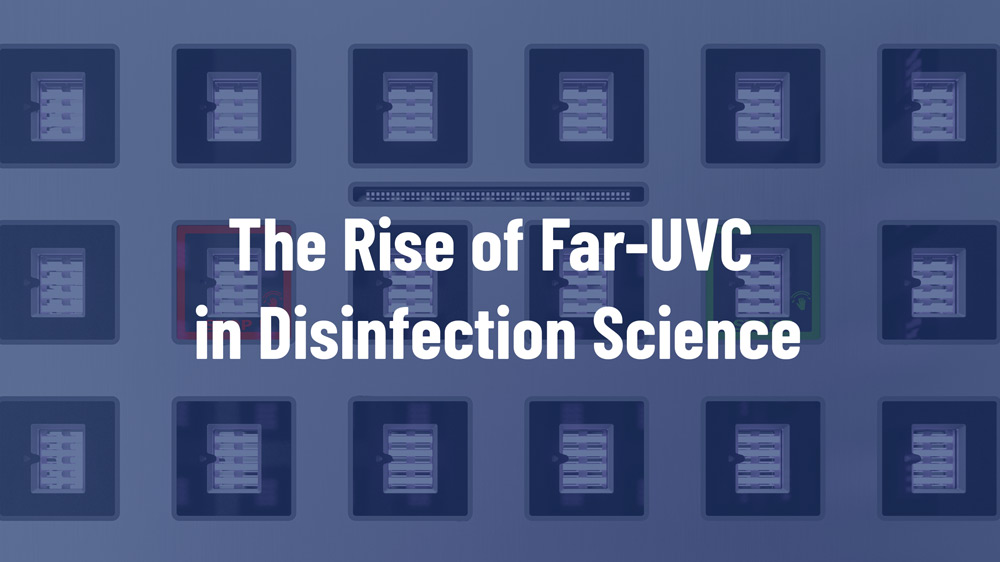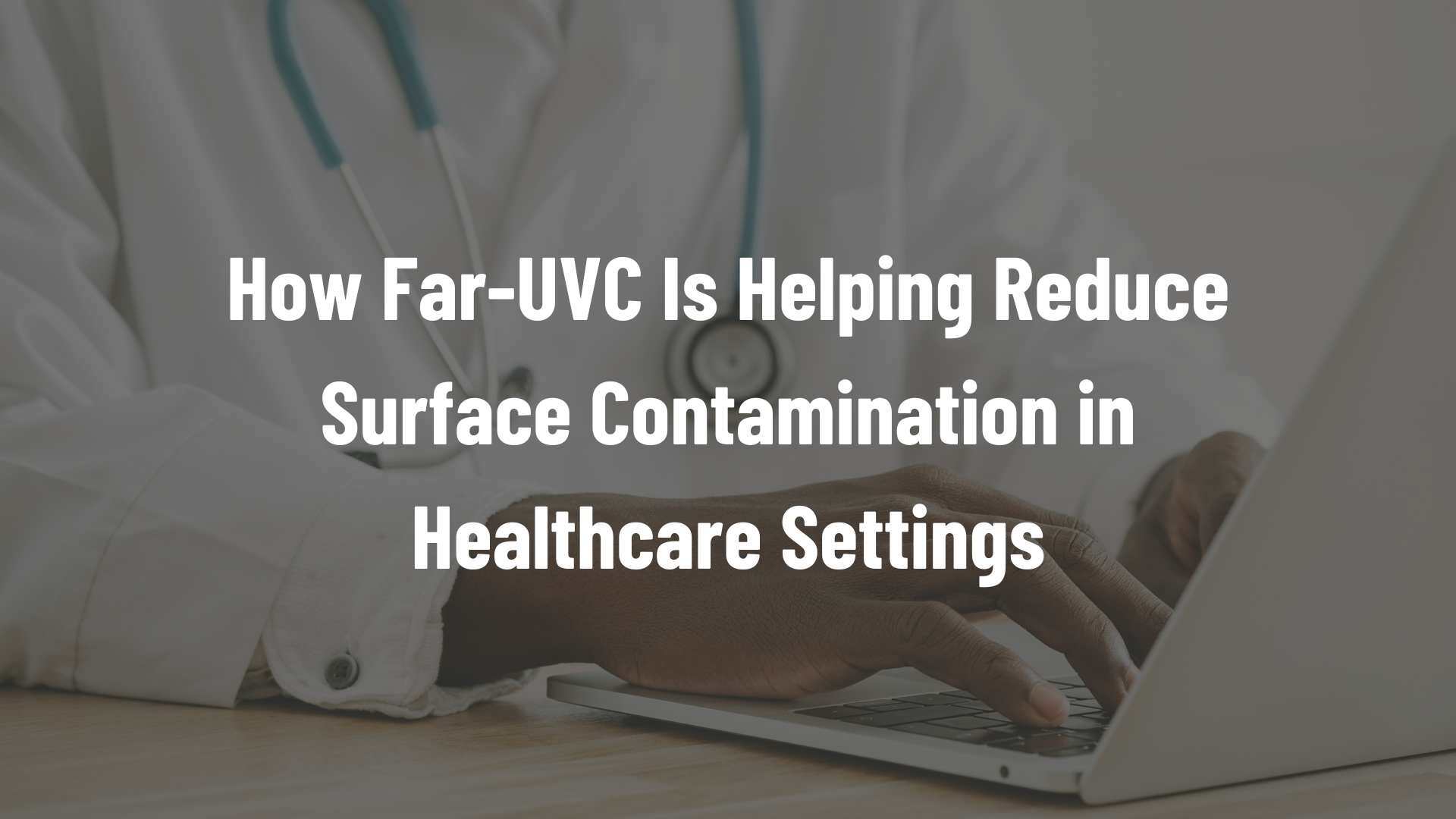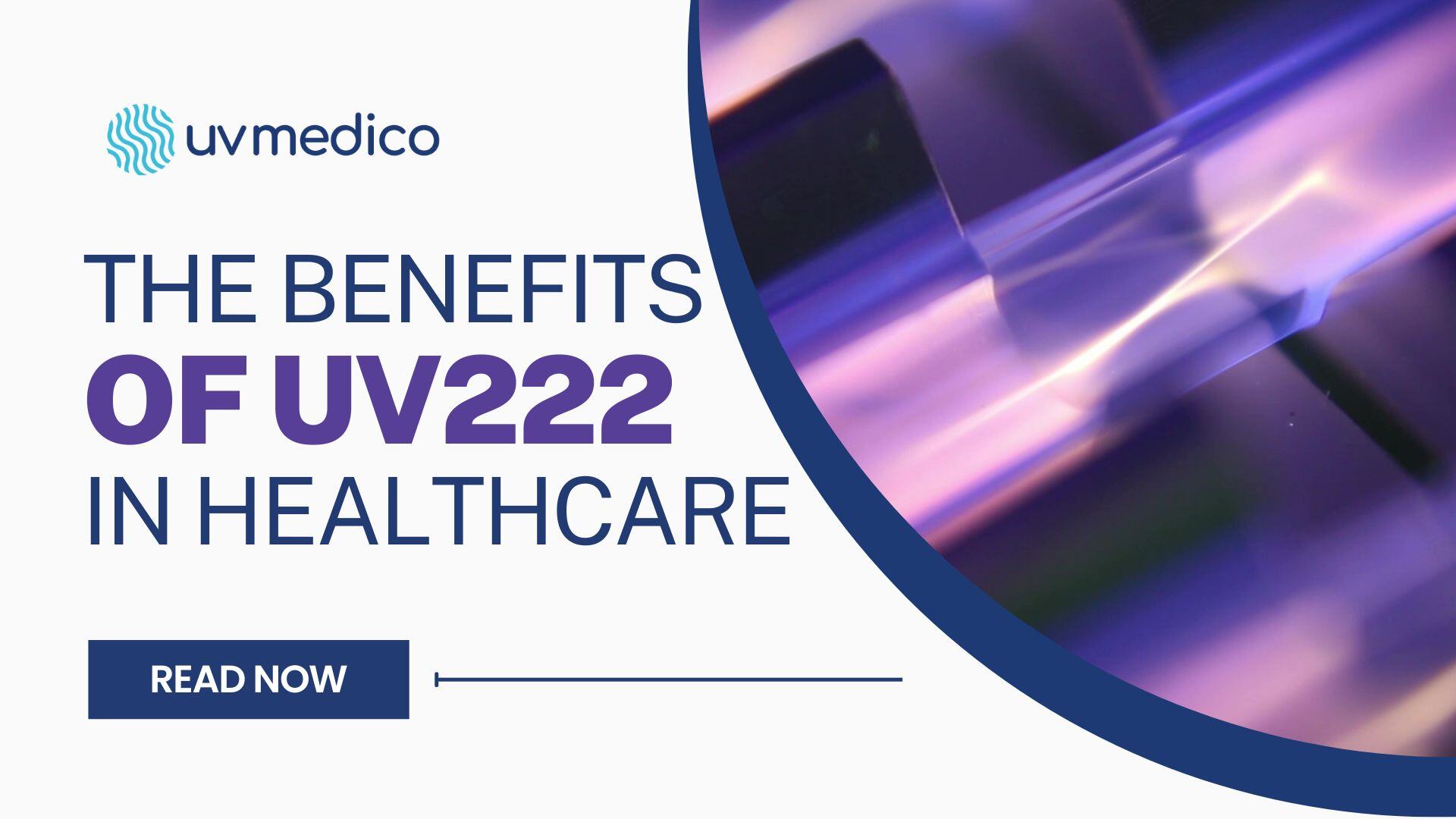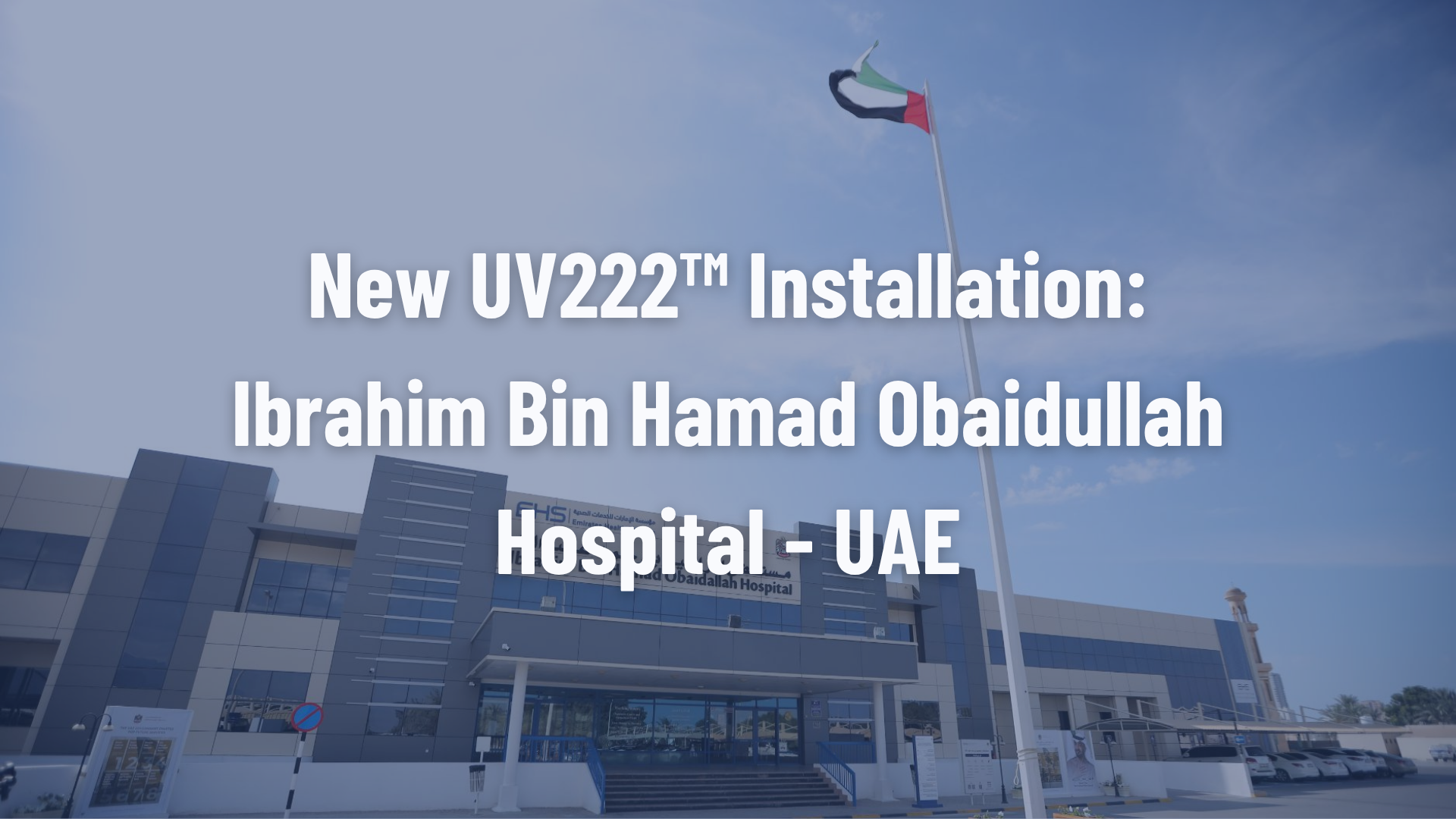3 min read
Reducing Hospital-Acquired Infections with Far-UVC Light
 Mads Emil Bandholm
:
30 Aug, 2024
Mads Emil Bandholm
:
30 Aug, 2024

Hospital-acquired infections (HAIs) are a significant concern for healthcare facilities worldwide. These infections can complicate patient recovery, prolong hospital stays, and even lead to severe health outcomes. Reducing HAIs is a top priority for hospital administrators, infection control specialists, and medical staff committed to providing safe and effective care for their patients.
One promising solution for combating HAIs is the use of Far-UVC light technology. Far-UVC light has been proven to effectively eliminate various pathogens, including bacteria, viruses, and fungi, thereby enhancing the sterility of hospital environments. Understanding the mechanics of Far-UVC light and its applications in healthcare settings can be instrumental in addressing the ongoing challenge of HAIs.
This article will delve into the urgency of tackling HAIs, the science behind Far-UVC light, and practical steps for implementing the technology in hospitals. By exploring these aspects, we aim to show how Far-UVC solutions can play a crucial role in minimizing the risk of infections and improving overall patient safety in healthcare settings.
The Urgent Need to Address Hospital-Acquired Infections (HAIs)
Hospital-acquired infections (HAIs) pose a serious threat to patient safety. These infections can complicate recovery and lead to longer hospital stays and increased healthcare costs. Reducing the rate of HAIs is crucial for improving patient outcomes and maintaining trust in healthcare facilities.
Learn how UV Medico is enhancing patient safety at King Hamad Hospital with Far-UVC
Several common sources contribute to HAIs. Pathogens such as bacteria, viruses, and fungi can spread through contact with contaminated surfaces, medical instruments, or even through the air. Hospital staff and visitors can also inadvertently carry and transmit these harmful microorganisms. Despite stringent cleaning protocols, traditional methods may not eliminate all contaminants.
Regulatory guidelines aim to tackle the issue of HAIs. Organizations such as the Centers for Disease Control and Prevention (CDC) and the World Health Organization (WHO) provide detailed standards for infection control. These guidelines recommend regular disinfection of patient rooms, surgical areas, and high-touch surfaces. They also emphasize the importance of hand hygiene and the proper use of personal protective equipment (PPE). Compliance with these guidelines is essential for reducing infection rates and ensuring the highest levels of patient safety.
The Science Behind Far-UVC Light and Its Effectiveness
Far-UVC light technology offers a promising solution to the problem of HAIs. Far-UVC light works by emitting ultraviolet radiation in 222 nanometers. This type of light can break down the DNA and RNA of harmful pathogens, rendering them unable to reproduce or cause infection.
Compared to traditional disinfection methods like chemical cleaners or manual scrubbing, Far-UVC light provides several advantages. It can decontaminate without the need for toxic chemicals, making it safer for both patients and healthcare staff. Second, Far-UVC light can reach areas that are difficult to clean manually, such as tight corners. Overall, Far-UVC light can offer a more thorough and effective decontamination process.
Scientific research backs the effectiveness of Far-UVC light in healthcare settings. Studies have shown that Far-UVC light can kill over 99.9% of various bacteria and viruses, including those responsible for HAIs like MRSA, Candida auris, and C. difficile. This evidence supports the use of Far-UVC light as a reliable method for reducing infection risks in hospitals. By incorporating the technology, healthcare facilities can significantly improve their infection control practices and create a safer environment for patients and staff alike.
Implementing Far-UVC Light Solutions in Hospital Settings
Hospitals can maximize the benefits of Far-UVC light by installing it in key areas. These areas include patient rooms, surgical suites, and high-traffic zones like waiting rooms and hallways. Far-UVC light can also be useful in cleaning equipment and supply rooms where contamination risks are high.
To safely implement UVC light, hospitals should follow a step-by-step process. First, assess the areas that would benefit most from UVC decontamination. Then, install Far-UVC light fixtures according to manufacturer guidelines, ensuring they are positioned to cover the maximum surface area.
UV Medico Revolutionizes MMC Hospital with Vertex 222 Lamps
Best practices are essential for ongoing safety and compliance. Monitor the effectiveness of the decontamination process through routine microbiological testing. Adhering to these practices helps ensure that Far-UVC light remains a reliable part of the hospital's infection control strategy.
Long-Term Benefits of Far-UVC Light in Reducing HAIs
The long-term benefits of using Far-UVC light in healthcare settings are considerable. One of the most significant outcomes is enhanced patient safety, as the reduction in HAIs leads to better recovery rates and fewer complications. When infection rates are lower, patients can return home more quickly, which frees up hospital resources and beds for new patients.
Cost savings are another major advantage. By lowering the incidence of HAIs, hospitals can reduce the expenses associated with extended patient stays and additional treatments. This financial efficiency translates to a more effective allocation of resources, allowing healthcare facilities to invest in other crucial areas.
The consistent use of Far-UVC light can boost trust and satisfaction among patients and healthcare staff. Patients feel safer knowing that the hospital uses advanced technology to keep environments clean. Staff members also benefit from a reduced risk of occupational exposure to harmful pathogens, leading to a safer and more confident workplace.
UV Medico & Falck: Elevating Ambulance Safety with UV222 Technology
Far-UVC light technology offers a powerful solution for reducing hospital-acquired infections. Understanding the urgent need to tackle HAIs, the science behind Far-UVC light, and how to implement it in hospital settings can significantly enhance infection control measures. The long-term benefits of using Far-UVC light extend beyond just patient safety—they also include cost savings and increased satisfaction among patients and staff.
Sign up for our Newsletter to get the latest Far-UVC news
 UV222™
UV222™ UV222 Linear
UV222 Linear UV222 Downlight
UV222 Downlight Vertex 222
Vertex 222.png) UV222 Pendant
UV222 Pendant.png) UV222 Booth
UV222 Booth.png) UV222 Step-On
UV222 Step-On.png) UV222 Cleanroom Downlight
UV222 Cleanroom Downlight UV222 Dual Downlight 60x60
UV222 Dual Downlight 60x60 UV222 Material Airlock
UV222 Material Airlock UV222 Ambulance
UV222 Ambulance UV222 Compact
UV222 Compact UV222 Industrial
UV222 Industrial.jpg)
.jpg)
.jpg)
.jpg)

.jpg)



.jpg)